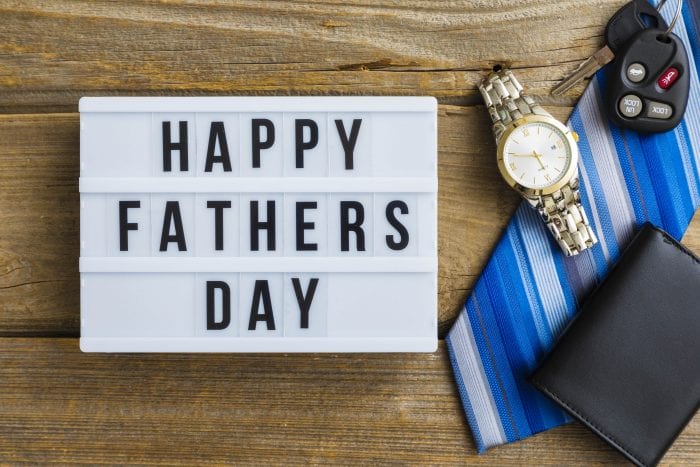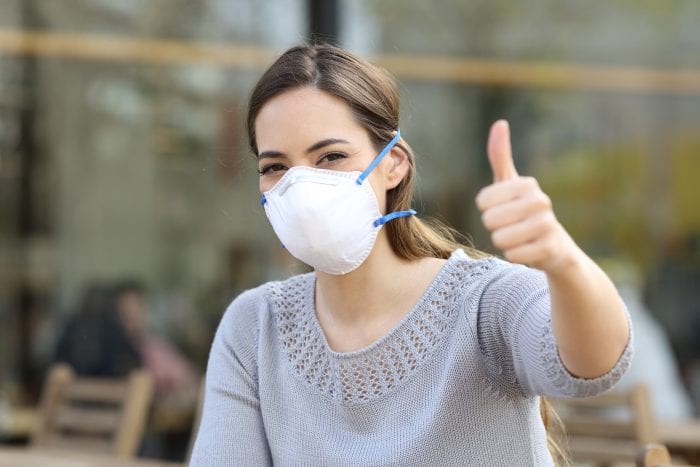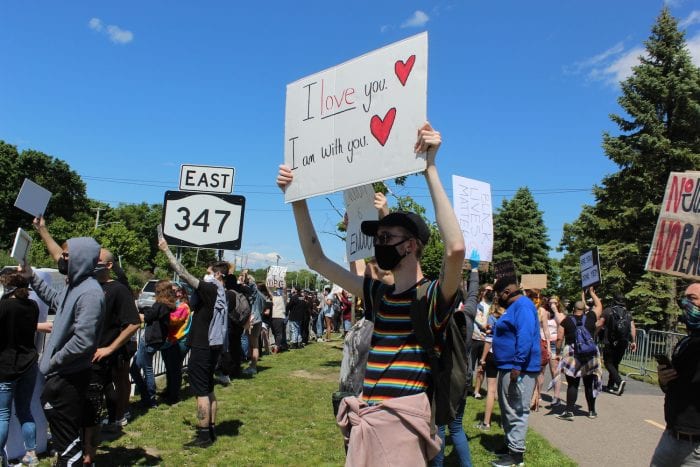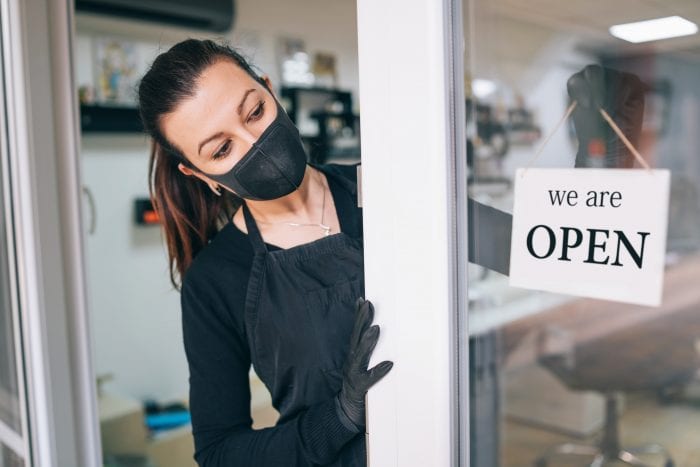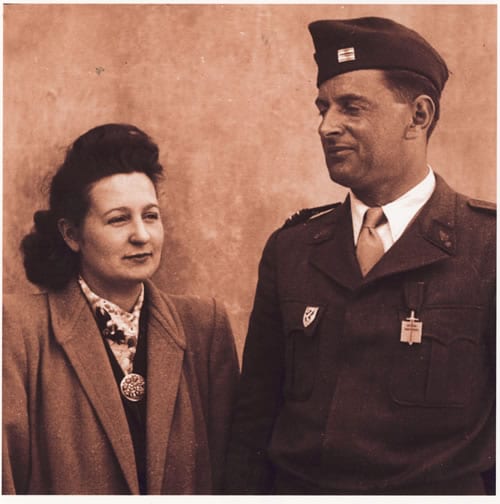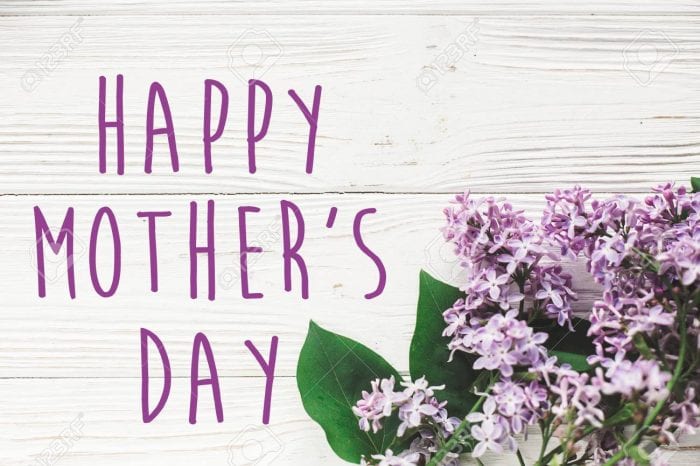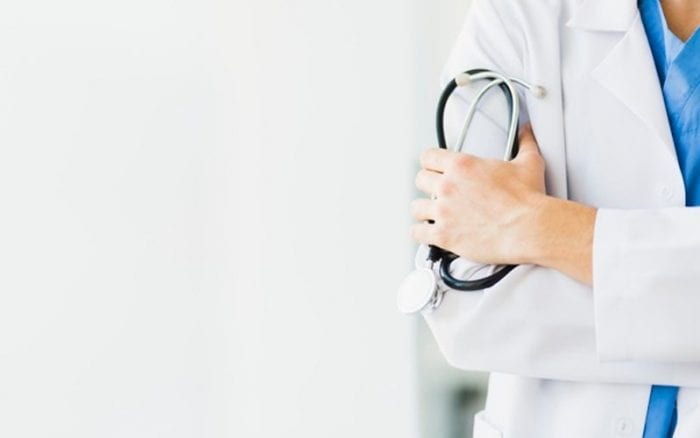By Leah S. Dunaief

Sunday is Father’s Day. When I think of my father, one of the most immediate memories I have of him is of his telling us stories. He loved to talk about his childhood days growing up on a dairy farm in the Catskill Mountains of New York State. One of nine children, he distinguished himself with his claim as “the middle child,” and made his adventures sound daring and riveting. Somehow he and his siblings always survived, always came through relatively unscathed. And the conclusions to the stories were inevitably happy ones.
For example, there was the time the six boys climbed to the peak of the hill behind their farmhouse, arranged themselves onto an oversized sled and careened down on the hard-packed snow. It was great fun until they saw a train in the distance coming along the track at the bottom of the mountain. Their oldest brother, sitting in the front, quickly calculated the speed of the sled and the speed of the train and shouted a command to those behind him: “Jump off to the left when I count to three.” They obeyed and huddled together watching, as down below the rushing train crushed the sled crossing in its path.
Then there was the day my dad and a couple of his schoolmates climbed atop the one-room schoolhouse roof and jumped down in front of their young teacher just as she was arriving for the day. She screamed, which was satisfying to his buddies, but my dad also screamed as, barefoot, he landed on a glass shard. His father, who was of necessity the “emergency room doctor” for his family, isolated as they were in the rural farmland, stitched his foot and spooked him by saying that he would bear the scar of that misadventure “all the rest of his life.” To my young father, that sounded more ominous than the pain of his sole being sewn up. If we begged, he would show us the jagged scar, evidence of his exciting youth.
What would he say about living through the present pandemic? It still feels like a dream, this novel coronavirus, from which we will shortly awake. I pinch myself, but I know I am not dreaming. For sure these times require daring just to go shopping in the supermarket, and judging by the amount of media coverage, are also riveting.
For many, sheltering in place has proven to be most difficult. Those who like to be in motion constantly are now restrained to their few rooms and a daily walk. Relationships with spouses or others sharing the house or apartment may have become strained to the breaking point. In Wuhan, China, made famous as the origin of COVID-19 for example, suits for divorce have increased appreciably compared to the preceding year. There has been an uptick in the use of alcohol and drugs in the U.S. by those feeling isolated or lonely or simply in limbo from their normal lives. Depression is an increasing complaint.
Yet others, at the same time, have found the pandemic a time for reevaluation of their lives. They have slowed down from their frenetic pace, deepened relationships with partners and children and colleagues, and if they have been fortunate enough not to have anyone fall ill, and to keep their jobs, perhaps have seen a new way occasionally to work: remotely from home or elsewhere in the world. They have probably saved some money by not venturing out to shop, dine or vacation and have maybe enjoyed some healthy home cooking.
There is a better prospect ahead. After all, we are in Phase Two now. It appears that Phase Three is on the immediate horizon. By wearing masks in public, practicing social distancing and avoiding crowded indoor settings, and by sheltering those who would be most vulnerable, we seem now to be co-existing with the virus, at least until a vaccine becomes available or sufficient herd immunity evolves.
How would my dad tell this story? I believe he would share his experience as a great adventure, even as he would hold up his scar.

